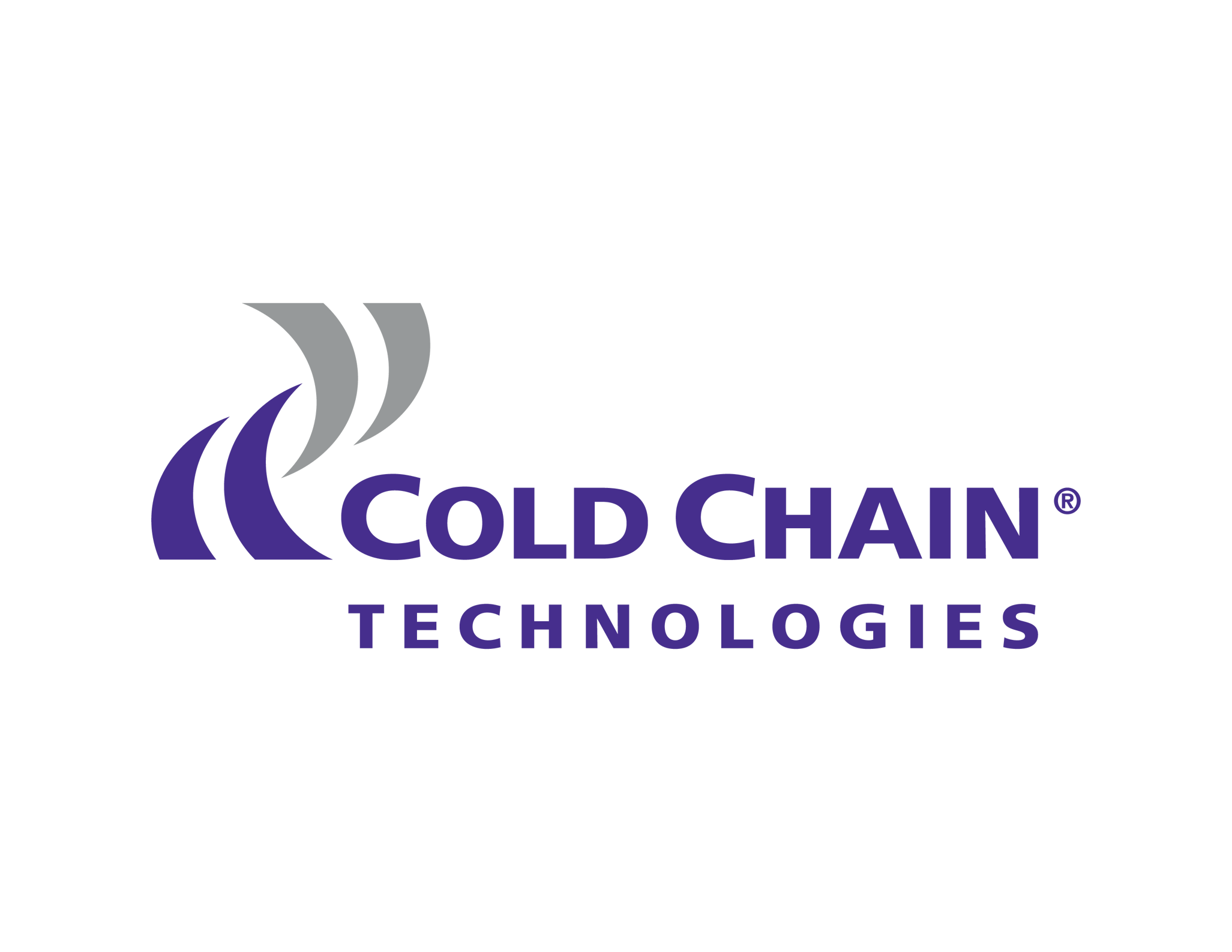Learn why the storage temperature is so important in the cold supply chain
The storage temperature is the temperature at which a product is stored. For cold chain products and the cold supply chain, maintaining the correct storage temperature is critical.
Cold chain products must be stored within the recommended and regulated temperature ranges through-out the entire cold supply chain. This is not easy to do. Think of the variations in temperature within your workplace, home, and out-and-about in the community.
Because of this, companies who produce, package, move, distribute, and sell cold chain products must understand and use the latest cold chain technologies and packaging to keep their products within the correct temperature ranges.
Along with controlling the storage temperature, companies must have the tools to monitor the humidity, product environment, air pressure, flow and quality, light exposure, and shocks and impacts to packages and parcels.
Keep reading to learn more about storage temperature and the cold supply chain, including:
- What the cold chain is
- Recommended cold chain storage temperatures
- 8 examples of cold chain products
- 4 questions to ask when choosing your cold chain packaging
What is the Cold Chain and Cold Chain Management?
The cold chain is an uninterrupted flow of a specific thermal profile throughout the manufacturing, packaging, and distribution of a temperature-sensitive product.
Cold chain management is the management of all phases of the cold chain, including products in transit, in process, in storage, and in display.
Temperature-sensitive products rely on cold chain management for product efficacy, product safety, and adherence to relevant regulatory requirements.
Products requiring cold chain solutions include pharmaceuticals, vaccines, biologics, lab samples, diagnostic materials, chemicals, food, and beverages.
Maintaining the cold supply chain demands knowledge and control of the shipping environment, storage temperatures, package design, duration of the shipment(s), and critical control points throughout the entire process.
What are the Cold Chain Product Storage Temperature Ranges?
The cold chain product storage temperature ranges are different for every type of cold chain product.
Make sure you know these cold chain product storage temperature ranges:
Deep freeze: -18.4 to -22oF (-28 to -30oC) for seafood and some meat.
Frozen: 3.1 to -4oF (-16 to -20oC) for meat and some produce.
Chilled: 35.6 to 39.2oF (2 to 4oC) for some dairy products, fruits and vegetables, and fresh meat.
Pharmacy: 35.6 to 46.4oF (2 to 8oC) for pharmaceutical products including vaccines and medication.
Cold chain: 53.6 to 57.2oF (12 to 14oC) for processed food, over-the-counter medications and pharmaceutical products, and fresh produce.
Remember, along with monitoring the storage temperature of the environment your cold chain products are in, you must consider the humidity, air pressure, and light exposure. These environmental factors can cause the storage temperature to fluctuate.
8 Examples of Cold Chain Products
Any product that needs to be stored within a specific temperature range is a cold chain product.
These products are examples of cold chain products:
- Vaccines including the COVID-19 vaccines from Pfizer and Moderna.
- Medical products including blood, biologics, insulin, and other medical devices.
- Wine requires consistent cool storage temperatures to prevent premature aging and loss of flavor.
- Frozen desserts including ice cream and gelato need to be kept frozen to prevent bacterial growth, crystallization, and loss of flavor.
- Perishable meat, seafood, and poultry is highly susceptible to bacterial growth when it is not kept below 40 degrees F or frozen at 0 degrees F.
- Fresh and frozen fruits and vegetables are at risk of skin damage, bacterial growth, flavor loss, bruising, and more when cold chain temperatures are not maintained.
- Milk, milk alternatives, and dairy products including yogurt, oat milk, soy products, and fermented dairy all require cold chain management. As an example, milk must be processed, packaged, transported, and stored at below 45 degrees F to prevent bacterial growth.
- Flowers and plants including cut flowers, bulbs, seeds, seedlings, and potted plants and flowers require consistent storage temperatures throughout the cold supply chain. Maintaining the correct storage temperature, monitoring humidity and air pressure levels, and packaging these products correctly is essential to the color, health, disease prevention, and longevity of floral products.
The industries using cold chain management processes to protect and maintain their cold chain products include:
- Food and beverage
- Oil and gas
- Chemical
- Medical
- Military
- Hospitality
- Retail
4 Questions to Ask When Choosing Cold Chain Packaging
To choose cold chain packaging that fits into your cold supply chain and protects your cold chain products, always ask these key questions:
What do I need to package, ship, distribute, warehouse, and sell? Do you need cold chain packaging for one type of product or are you looking for packaging that protects across a range of storage temperatures?
What are the temperature ranges for my cold chain products? Remember to think about humidity, air pressure, air flow, light exposure, and human error and how these impact temperature.
How long will my cold chain products be in transit, warehoused, and displayed on shelves? Discuss the transportation and storage parameters of your cold chain products with a cold chain packaging expert. There is a big difference between packaging that must maintain storage temperatures for locally delivered meat and seafood versus the packaging requirements for products shipped across the country in transport trucks and stored in distribution facilities.
What are my pain points and challenges within my cold supply chain? Ideally your cold supply chain runs seamlessly but as we have learned from the past two years, cold supply chain management is often impacted by forces behind your control. Think about the risks in your cold supply chain, what has worked and hasn’t, and the feedback you have from your customers on the quality of your products.
What kind of packaging do I want? Do I want to use sustainable and reusable packaging? The rise in ecommerce and home-delivery is shining a spotlight on packaging. Your B2B and B2C customers want to know the story behind your cold chain packaging. Is your cold chain packaging sustainable, how were the materials sourced, can the packaging be reused and recycled easily, and can the packaging be returned?
At Cold Chain Technologies, our focus is on the development and delivery of cost-effective insulated thermal packaging solutions that protect and maintain the quality, integrity, safety, and viability of your cold chain products.
We want you to know what we know about cold chain management, cold chain technologies, and the cold supply chain.
Sign up for Cold Chain Tech blog updates to learn the latest in all aspects of cold chain management, reusable cold chain packaging solutions, and how the Cold Chain Tech team helps you maintain the integrity, safety, and quality of your temperature-sensitive products.


